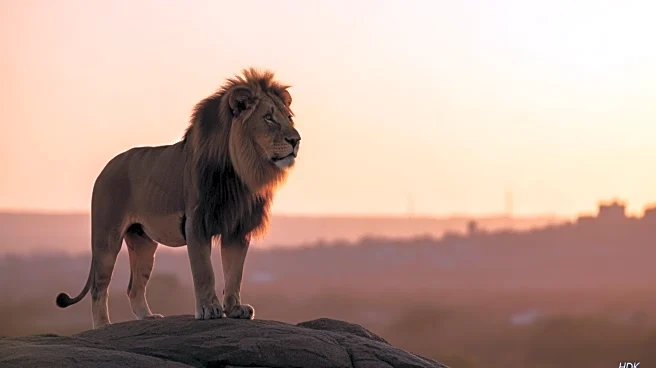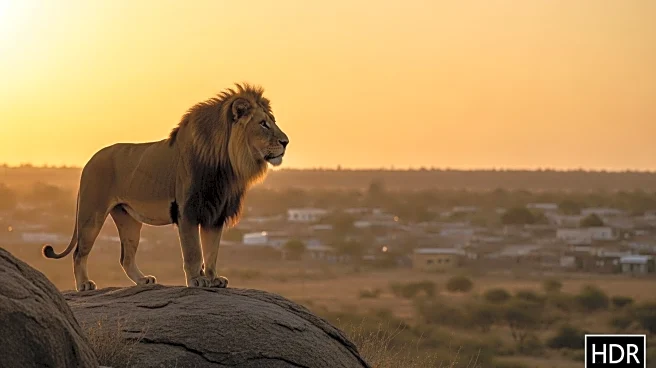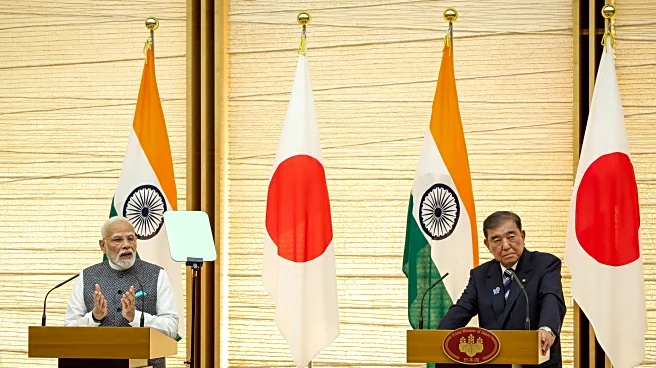What's Happening?
India's Asiatic lion population has increased by 30% over the past five years, reaching 891 individuals. While this growth is a conservation success, it has led to increased human-lion conflicts, particularly in Gujarat, where the lions reside. Fatal attacks on humans and cattle have risen, with seven people killed by lions in the past year. Conservationists attribute the success to a unique human-lion relationship, where locals benefit economically from the presence of lions. However, as the lion population grows, the symbiotic relationship is being tested, with lions encroaching on human habitats and increasing the risk of attacks.
Why It's Important?
The growing lion population highlights the challenges of balancing conservation efforts with human safety and economic interests. While the presence of lions generates tourism income for local communities, the increasing conflicts pose risks to human lives and livelihoods. The situation underscores the need for effective wildlife management strategies that ensure the safety of both humans and wildlife. The issue also raises questions about the sustainability of current conservation models and the potential need for relocating lions to reduce conflicts.
What's Next?
Conservationists are urging the government to relocate some lions to a second habitat outside Gujarat to mitigate conflicts. The Supreme Court of India has ordered the relocation of lions to Kuno Wildlife Sanctuary, but the process has been delayed. The presence of cheetahs in Kuno may further complicate the relocation efforts. The government may need to explore alternative solutions, such as increasing funding for lion protection and developing strategies to manage human-lion interactions.
Beyond the Headlines
The situation in Gujarat highlights the broader challenges of wildlife conservation in densely populated areas. It raises ethical questions about the prioritization of human safety versus wildlife preservation and the role of local communities in conservation efforts. The case may influence future policies on wildlife management and human-wildlife coexistence.













